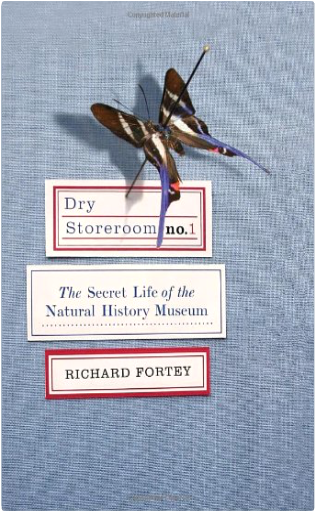 Richard Fortey—one of the world’s most gifted natural scientists and acclaimed author of Life, Trilobite and Earth—describes this splendid new book as a museum of the mind. But it is, as well, a perfect behind-the-scenes guide to a legendary place. Within its pages, London’s Natural History Museum, a home of treasures—plants from the voyage of Captain Cook, barnacles to which Charles Darwin devoted years of study, hidden accursed jewels—pulses with life and miraculous surprises. In an elegant and illuminating narrative, Fortey acquaints the reader with the extraordinary people, meticulous research and driving passions that helped to create the timeless experiences of wonder that fill the museum. And with the museum’s hallways and collection rooms providing a dazzling framework, Fortey offers an often eye-opening social history of the scientific accomplishments of the nineteenth, twentieth and twenty-first centuries. 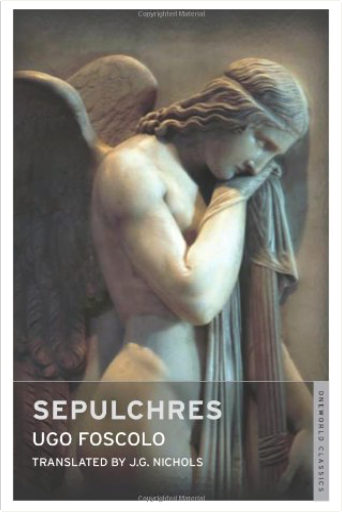 The most significant and adored works from the popular Italian poet Ugo Foscolo are collected in this lucid verse translation. Expressing the author’s political, civic, and sentimental concerns, these poems captivate with their immediacy and intimacy. Each work reveals the inner recesses of a passionate, restless, and surprisingly modern mind.  In the eighteenth century, medicine underwent a mutation. For the first time, medical knowledge took on a precision that had formerly belonged only to mathematics. The body became something that could be mapped. Disease became subject to new rules of classification. And doctors begin to describe phenomena that for centuries had remained below the threshold of the visible and expressible.  No description available |  During the 18th century, the arts of industry encompassed both liberal and mechanical realms—not simply the representation of work in the fine art of painting, but the skills involved in the processes of industry itself. Drawing on a wealth of primary sources, Celina Fox argues that mechanics and artisans used four principal means to describe and rationalize their work: drawing, model-making, societies, and publications. These four channels, which form the four central themes of this engrossing book, provided the basis for experimentation and invention, for explanation and classification, for validation and authorization, and for promotion and celebration, thus bringing them into the public domain and achieving progress as a true part of the Enlightenment.  The Picture of Dorian Gray altered the way Victorians understood the world they inhabited. It heralded the end of a repressive Victorianism, and after its publication, literature had—in the words of biographer Richard Ellmann—“a different look.” Yet the Dorian Gray that Victorians never knew was even more daring than the novel the British press condemned as “vulgar,” “unclean,” “poisonous,” “discreditable,” and “a sham.” Now, more than 120 years after Wilde handed it over to his publisher, J. B. Lippincott & Company, Wilde’s uncensored typescript is published for the first time, in an annotated, extensively illustrated edition. |

Morbid Anatomy Museum
Collection Total:
1,253 Items
1,253 Items
Last Updated:
Jan 26, 2016
Jan 26, 2016


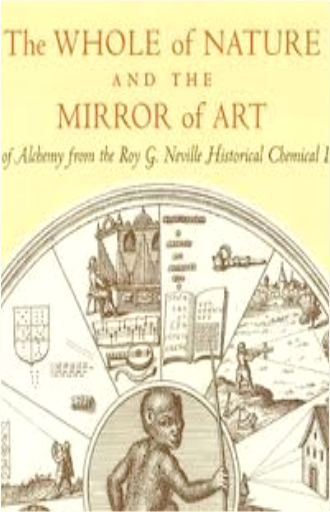

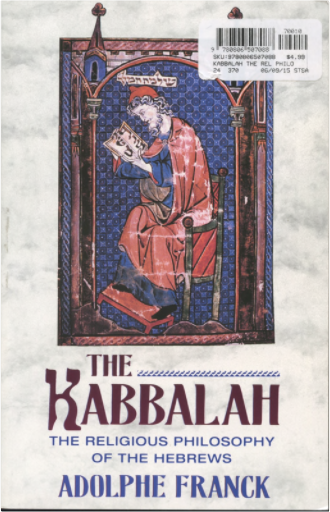
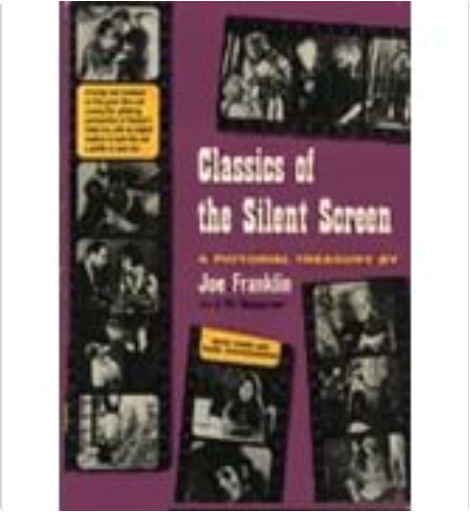
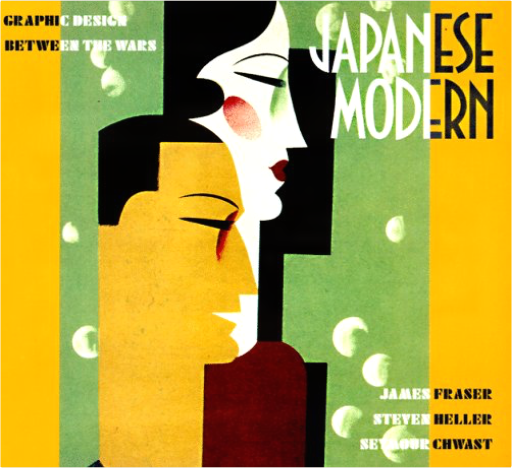


 Made with Delicious Library
Made with Delicious Library